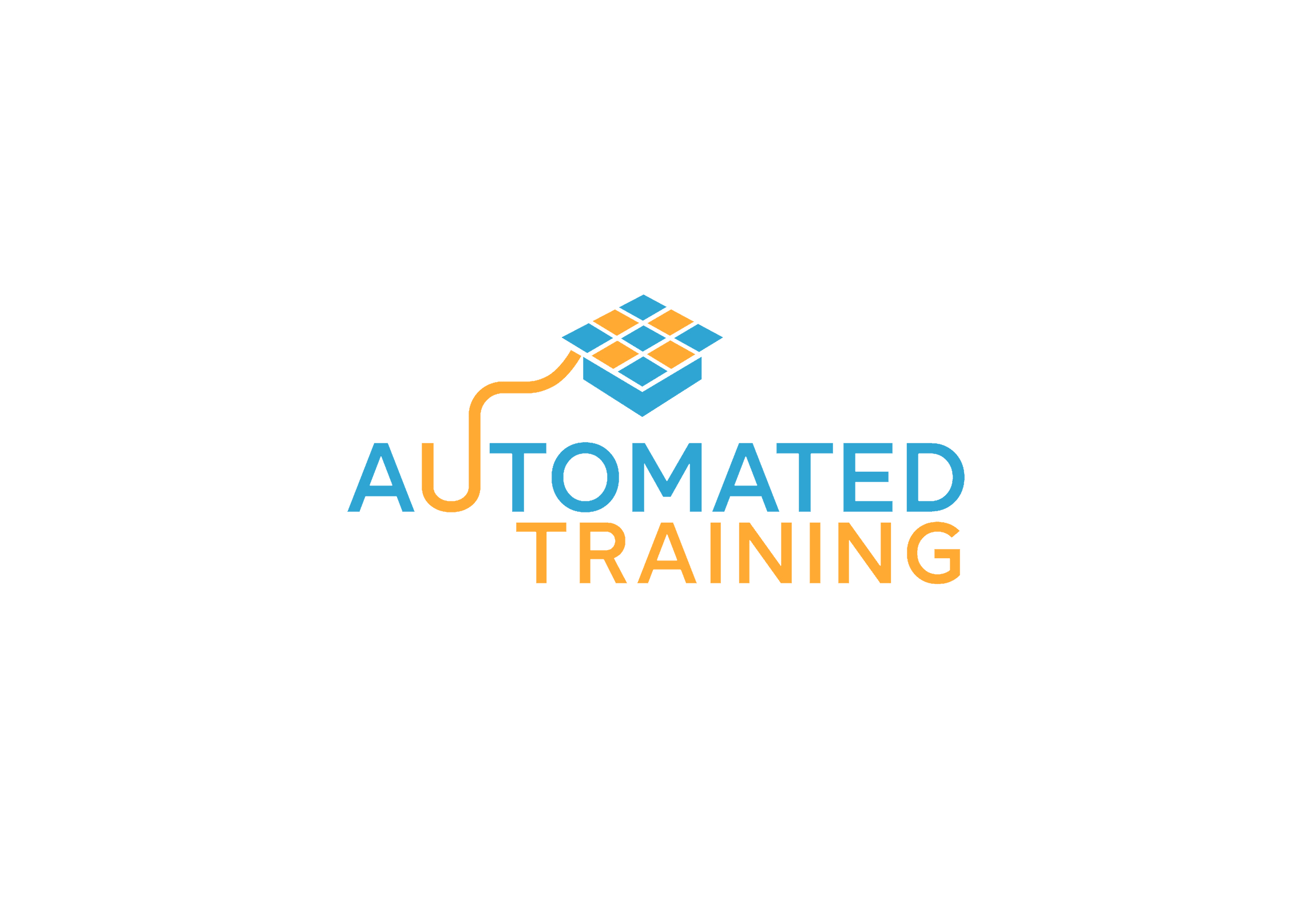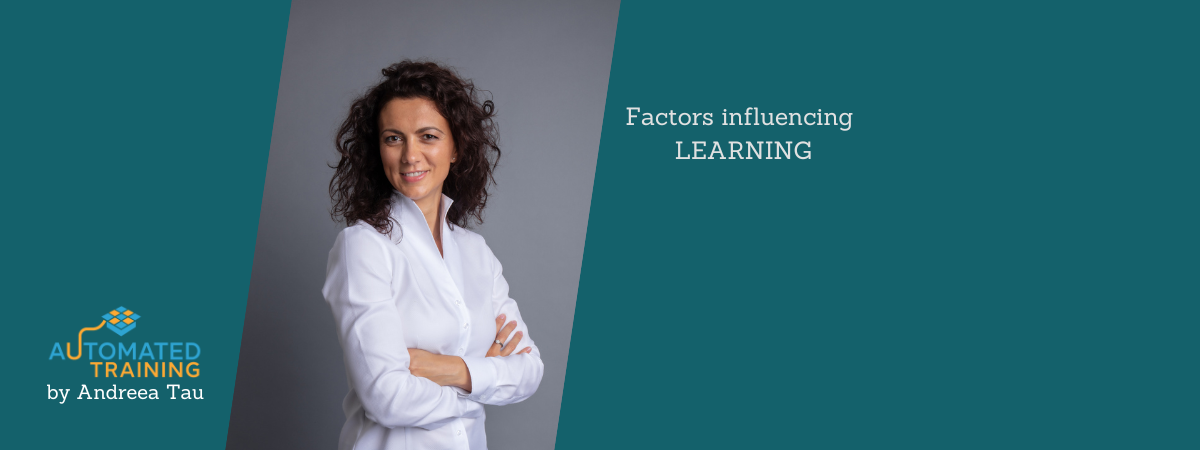This article offers the behavioral practices to develop a focus for massive learning and the scientific evidence that supports those practices:
Learning generates changes in the brain, a process known by the name of neuroplasticity. So, each time you learn something new, your brain changes in some areas. Mainly the neurons involved in the knowledge or the skill you have acquired change, by changing connections with other neurons.
Children’s brains absorb information like sponges. They learn without effort. It is in their nature. But everything changes by the age of 25. Adults’ learning on the other side is tedious and full of effort implying a lot of focus and repetitions.
Neurotransmitters for focus and attention
The first step in learning as an adult is to be aware and specific about what we want to learn. No matter if it is a motor skill, a cognitive, or an emotional skill. When we are aware and serious about learning, there are specific chemicals that are released into the brain. Those highlight the neurons that will be changed in the learning process. They offer support for the neuronal changes but don’t guarantee them. Actually what happens is that the forebrain signals to the rest of the brain that what is going to experience is worth paying attention to.
How does it do that?
By releasing 2 important neurotransmitters in the brain. Neurotransmitters are the molecules that bridge the gaps between neurons. Their basic function is to allow neurons to communicate with each other.
In order to learn, we need a certain level of alertness and focus. Too much alertness leads to hyperactivity and attention deficit. A low level of alertness leads to inattentiveness, and lack of attention. Those two: alertness and focus translate at the brain level with two neurotransmitters: epinephrine and acetylcholine.
1. Epinephrine -> Alertness
In order to link this new term, epinephrine, to another one that might be more familiar, I will mention that epinephrine and adrenaline are chemical identical substances. Adrenaline is released by the adrenal glands, during time of stress or danger. Epinephrine is released by the brain. So, epinephrine is a kind of adrenaline produced by the brain.
If there is no epinephrine released in the brain, there is no alertness and no learning. This means that learning takes place only if you are awake and alert. I have bad news for those believing the advice that says if you listen to some material during your sleep, it will sink in. Not true! There is something related to learning that happens while sleeping: the formation of long-term memory. During a specific phase of the sleep, the information that was gathered while being alert and focused will be transferred to the long-term memory. I hope you feel the difference between the two: learning and memory formation.
But alertness alone is not enough to change your brain (to learn). You also need focus.
2. Acetylcholine – > Focus
 Acetylcholine is released from the brain stem. It filters the sensory input and amplifies the filtered signal. It acts as a cone of attention. In a previous article about attention, I described the 2 filters of attention. The first filter is at the sensory level and decides which inputs get through and which do not. Right at this moment, in order to be able to read this article, you filter out the outside noise, the feeling of the phone in your hand, the objects in the environment you are in, etc. This is done by the sensory filter. In popular language is called that you are focused (in this article).
Acetylcholine is released from the brain stem. It filters the sensory input and amplifies the filtered signal. It acts as a cone of attention. In a previous article about attention, I described the 2 filters of attention. The first filter is at the sensory level and decides which inputs get through and which do not. Right at this moment, in order to be able to read this article, you filter out the outside noise, the feeling of the phone in your hand, the objects in the environment you are in, etc. This is done by the sensory filter. In popular language is called that you are focused (in this article).
Alertness is mandatory but not enough. Focus is also required. This is why learning is so tedious. Because you have to make the effort to produce all those neurotransmitters in order to learn things.
The third component of attention that we still miss at this point is acetylcholine released from the nucleus basalis.
You might say now: “but you just said that”. And I am going to answer, you are not focused. Earlier, I said “Acetylcholine is released from the brain stem” and now I am saying “acetylcholine is released from nucleus basalis”. We have two parts of the brain that produces this acetylcholine. And the problem is that in order to be able to learn, both of them have to release this neurotransmitter. Michael Merzenich and Gregg Recanzone have conducted experiments that prove that when these neurotransmitters are released (from both sources), massive learning takes place in one shot.
Behavioral practices for improving focus and alertness
For efficient and massive learning you have to create a window of attention that is different from the rest of your day. This is your potential for brain changes. Get alert and focused!
How to develop alertness?
- Through quality and enough sleep over the night. Here is the link to an article that explains what enough sleep means and how to achieve it.
- Short physical exercises, maximum 5 minutes, that increase the heart rate increase also alertness. Here is a video explaining the positive effects of physical exercises on the brain.
- Caffeine reduces the amount of adenosine, which is the molecule that makes us feel tired and sleepy. Consumed in appropriate amounts, it is a safe way to release epinephrine.
- A cold shower also increases alertness because it makes the adrenaline gland produce adrenaline. And as I said before, adrenaline and epinephrine are chemically identical. Adrenaline also triggers alertness.
- Motivators like pleasure, pain, fear, and shame promote autonomic arousal and release of epinephrine. Here is a short video explaining how emotions support learning. In order to find your motivation, try to answer this question emotionally.
Why am I learning this subject?
Pain: “Because I have to get a job to be able to feed my family”
Pleasure: “Because I have to get a better job to be able to buy a Ferrari”
Fear: ”Because I have to be able to make other jobs, in case this one won’t be needed in the future”
How to develop focus?
1. Quality sleep
I am sorry to bring this up again, but sleep is important also for focus. Your ability to engage in deliberate focus is proportional to how well you are sleeping in general. In order to sleep well you have to engage in some positive sleeping habits:
- Get at least 5 cycles of sleep every night
- Go to bed and wake up at the same time each day. Weekends included! The shifting of sleep hours during the weekend is called social jetlag. It feels good to be able to stay late with friends and engage in late-night social activities because it produces serotonin (the neurotransmitter of happiness). But as long as those activities are sporadic and not habitual, it is ok.
- Get low angular sunlight in the eyes in the morning, and in the evening. The best way is to get it directly and not filtered by windows and glasses. Don’t try to look in the sun, just be outside for some minutes when the sun is rising and falling. Also, don’t close your eyes (don’t meditate during this time frame). The reason behind this practice is that the low angular sunlight works as a trigger for your circadian rhythm. It helps us bring your sleep rhythm in sync with the sun.
- Don’t mess up your sleep drive with late coffees or late power naps. Here is a link to a video presenting how sleep drive and sleep rhythm work together in order to be able to enter sleep.
And secondly, we have to learn to develop that depth of focus. The best way to get focused is to use the mechanisms of focus that we were born with.
2. We attend mentally to what we see.
“The mental focus follows visual focus. The focus in the brain is anchored to our visual system” (Dr. Andrew Huberman, neuroscientist and associate professor in the Department of Neurobiology at the Stanford University School of Medicine)
And now let’s see how we see, in order to know how to look at things when we what to gain focus. We have mainly two types of visual focus:
- Staring: when looking at a very small space with a lot of precision and noticing details
- Gazing: when looking at open spaces and big scenes with little detail

We can not look at everything with high resolution and we see more detail in the center of the visual field than in the periphery. Because the pupils have in the center the so-called fovea. This has the highest density of receptors for light and here goes most of the visual information.
Experiment:
Try this theory yourself. Put on the table in from of you something small. Like a bean or pea pod, a kernel of corn, or a sunflower seed and try to pick it up with your hand while looking at your left side.
During a visual focus, both eyes tend to align towards a common point and the pupils move inwards and the brain no longer sees the entire visual field but a small cone of image. I mentioned before the cone of attention, we also have a cone of vision. And it has the purpose to present that specific information with higher resolution.
The explanation
Why does the mental focus follow the visual focus?
When we look into the distance, gazing at the environment we are relaxed. But when the eyes move slightly inward, focusing on a target, the visual world shrinks, and our focus increases naturally. We actually trigger the release of epinephrine and acetylcholine in the brain.
Conclusion
So, when we want to achieve focus for learning, before starting learning we can focus our vision on an object placed close in front of us. So that the eyes move slightly inward triggering the release of acetylcholine and epinephrine.
Also from this perspective, the digital training supports the focus of the trainees more than the presence training. Because it reduces the visual field to the size of a screen. It requires visual focus on a small surface and makes the eyes move inward. The trainee has no reason to wander his sight around the room, in the environment, and lose his focus.
Automated trainings supports learning also by allowing the trainees to learn flexibly when they have the mood and alertness for learning. Or they have the need to apply the information. Or, in those days of being busy day in, day out, when they have the time to learn. Just attending trainings does not mean learning! Learning needs:
–focus to acquire the information,
-the need to apply and practice the acquired knowledge,
-repetition to be able to revisit the information that did not sink or was not understood, and
-learning from mistakes with the support of qualitative corrective feedback.


